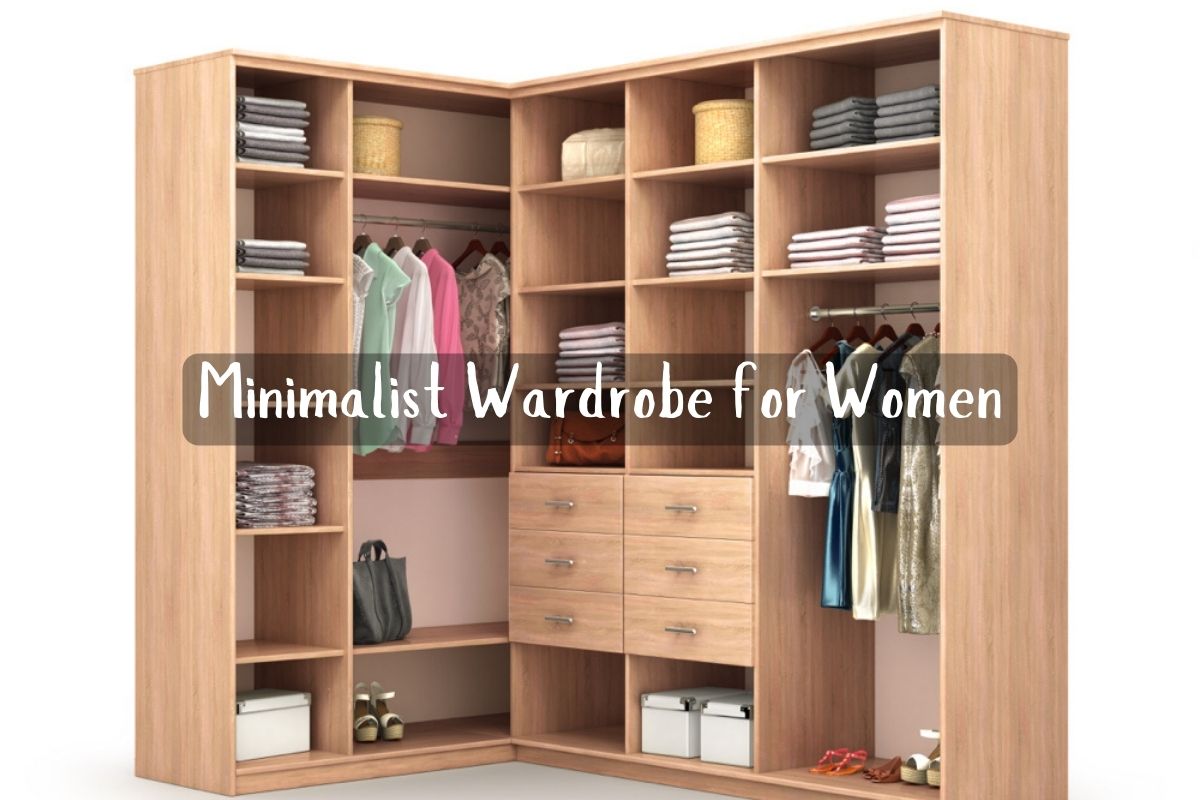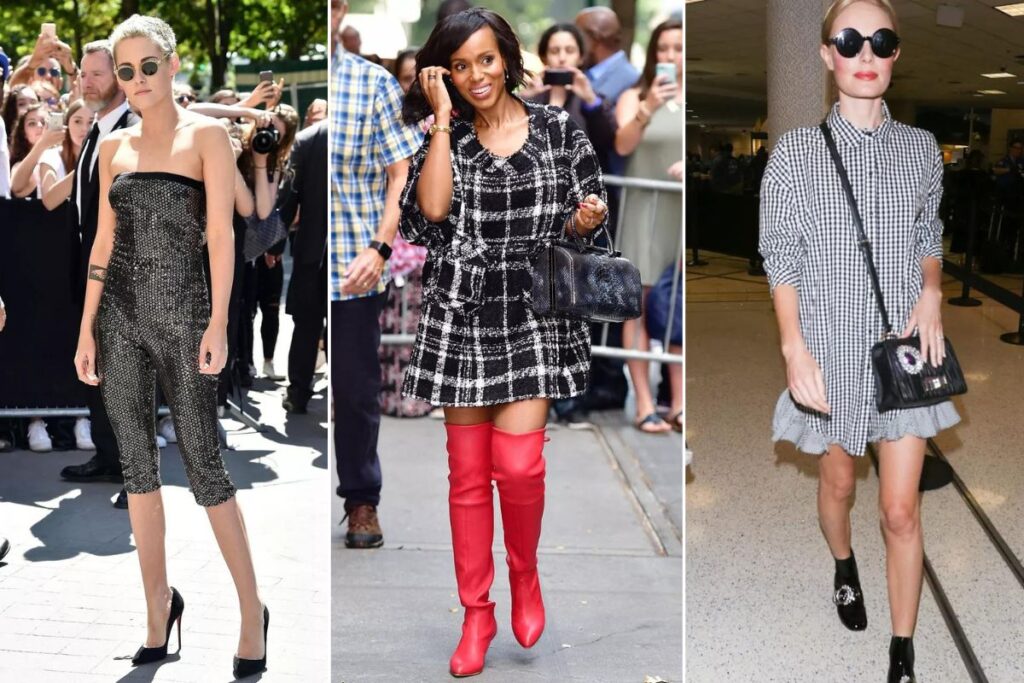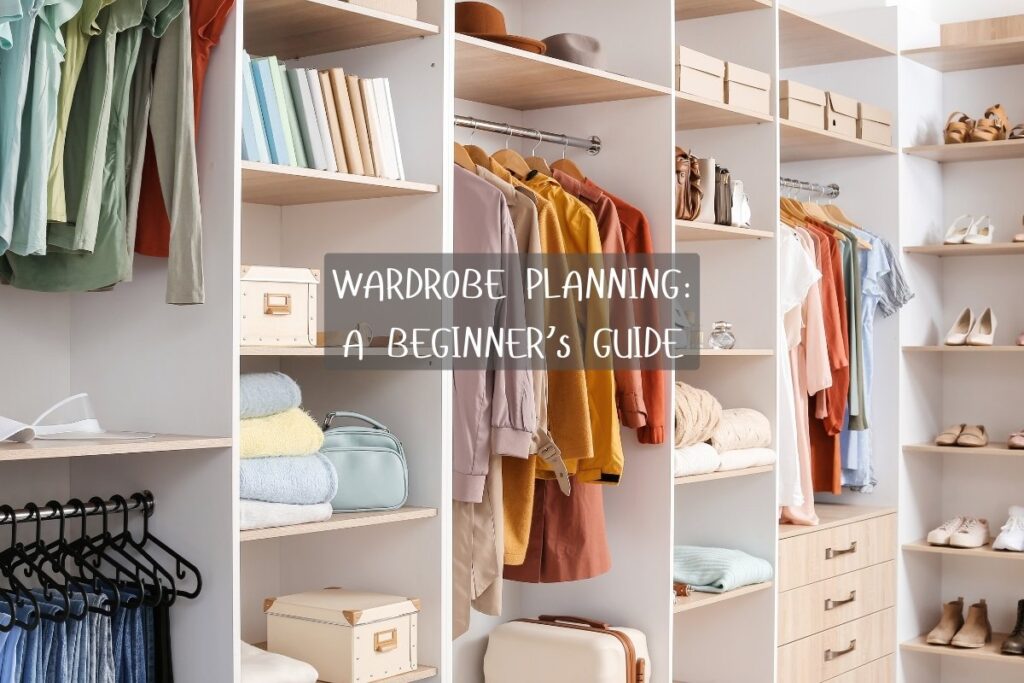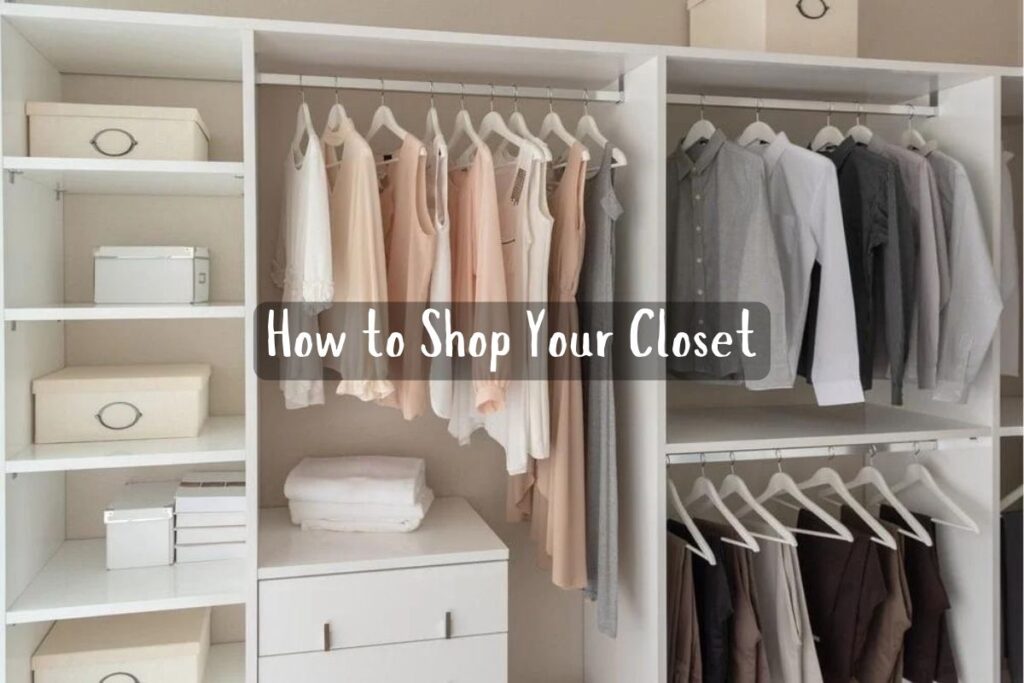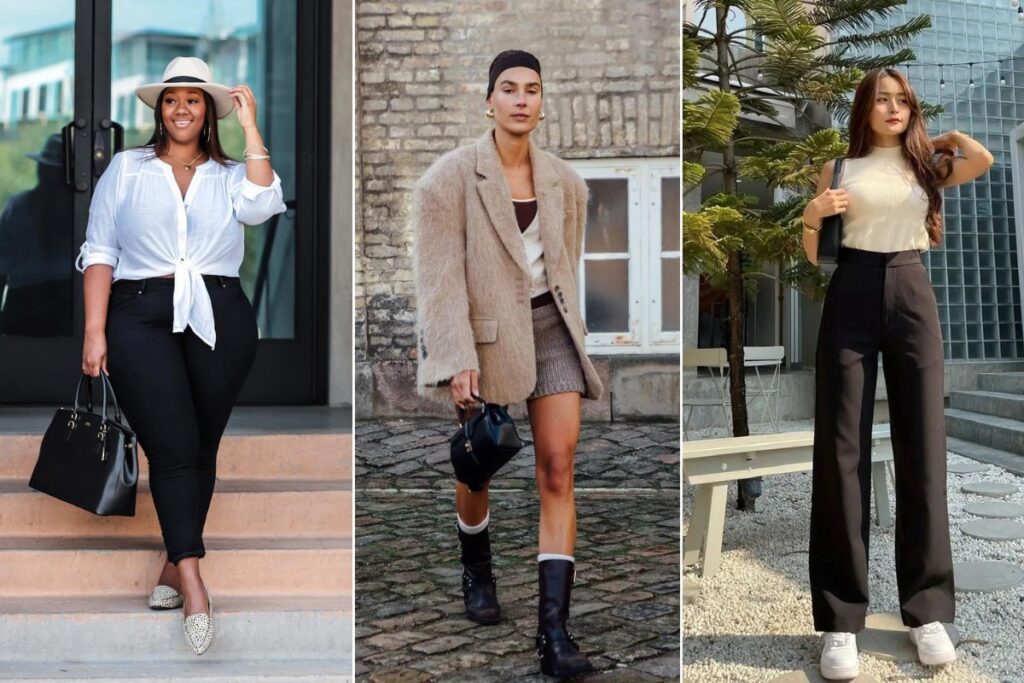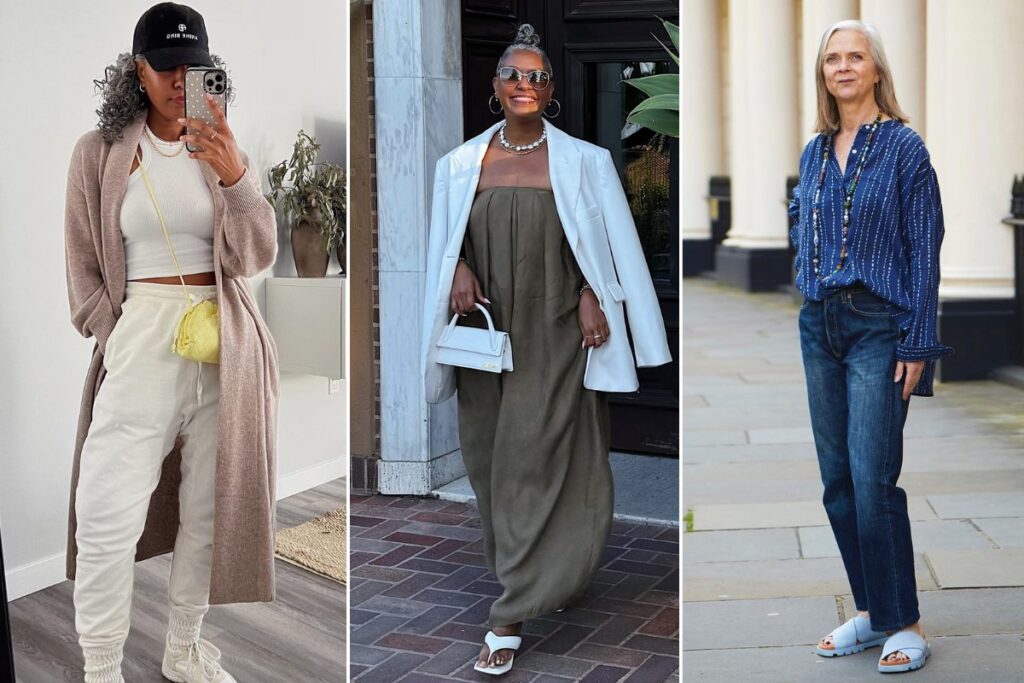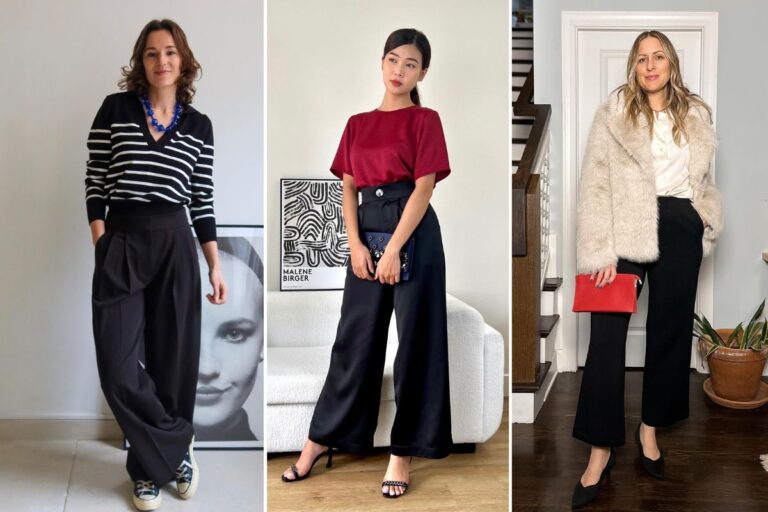I used to be obsessed with fast fashion. I would browse trendy online stores and buy anything that caught my fancy with little thought about whether I’d actually wear the items.
My closet was overflowing with clothes, yet every morning I’d stand there feeling like I had nothing to wear. The constant shopping and clutter only added to my stress.
After learning about minimalist wardrobes, I realized the excessive amount of clothing was the issue. The minimalist concept of only owning pieces you love, use, and reach for regularly resonated with me.
I craved the simplicity of a curated closet that makes getting dressed easy. The environmental impacts of fast fashion also motivated me to change my shopping habits.
Transitioning to a minimalist mindset meant overhauling my entire wardrobe. It required discipline, self-reflection, and conscious consumption.
This guide will take you through the key steps to build a minimalist wardrobe that reflects your personal style. From the initial closet cleanout to integrating the minimalist aesthetic into your lifestyle, I’ll share everything I’ve learned.
Embracing the minimalist wardrobe process reduces stress, saves time getting dressed each day, and is better for the planet.
Building Your Minimalist Wardrobe
The Closet Cleanout
The first step to curating a minimalist wardrobe is an honest assessment of everything you currently own. Pull every single clothing item out of your closet and dresser and pile them on your bed. It’s important to see the volume of pieces accumulated.
Now sort the piles into “Love”, “No”, and “Maybe” categories. The Love pile gets items you wear all the time and make you feel great. Be ruthlessly critical here – if you wore something once years ago but haven’t reached for it since, it shouldn’t make the Love cut.
The No pile gets donated or recycled. I recommend donating clothing still in good condition to secondhand stores. For items too worn to donate, utilize textile recycling programs which turn old clothing into insulation or other materials.
The Maybe pile is for those in-between pieces you just can’t decide on. Revisit this pile in a few days with fresh eyes. Try the items on and pay attention to how they fit and make you feel. If you’re not excited to wear it, add it to the No pile.
Discovering Your Personal Style
Once you pare down your wardrobe, defining your personal style is key to building it back in a minimalist way.
I created inspiration boards on Pinterest with outfit ideas, colors, silhouettes, and details that represented my aesthetic. Considering your lifestyle, job, hobbies, and goals can help narrow things down.
I gravitate towards neutral color palettes in natural fabrics like linen, cotton, and silk.
The minimalist style means quality over quantity – invest in pieces made of fabrics that feel great and are built to last.
Smart Shopping Strategies
Shop intentionally when adding essential staples to your minimalist wardrobe. Seek out ethically made clothing from sustainable brands. Be willing to pay more per item and buy less. It helps to set a clothing budget each month to avoid overspending.
Always check resale sites like Poshmark and Thredup before buying anything new. You can find quality secondhand pieces at great prices. Vintage shops are another excellent source for timeless items.
When investing in key wardrobe building blocks like jeans, coats, or workwear, save up for high-quality designer brands built to last years. Avoid trendy fast fashion that won’t stand the test of time in your closet. The key is ensuring every new addition feels essential.
Proper Garment Care
Caring properly for the minimalist wardrobe you curated is crucial. Follow each garment’s washing instructions to prevent shrinking, fading or pilling. I hand wash delicate fabrics like silk and cashmere using a gentle detergent.
Use wooden or padded hangers to prevent stretching and hanger marks on shoulders. Store off-season clothing in breathable garment bags. Steam or hand press pieces before wearing to refresh them.
Make minor repairs immediately like resewing loose buttons or mending small holes to extend the usable life of beloved pieces. Protect your investment through proper care and maintenance.
Decluttering and Finding New Homes
Once you’ve curated your perfect minimalist wardrobe, it’s time to responsibly rehome the mountain of clothes you removed.
Strategies for the “No” Pile
Consignment stores offer an excellent option for higher end brands in excellent condition. You’ll receive a percentage of the selling price. Peer-to-peer apps like Poshmark, Depop and Thredup also make selling secondhand clothing online easy.
Host a clothing swap with friends to trade items. It’s fun to shop each other’s unwanted pieces. Any remaining items in decent shape can be donated to organizations like Goodwill or the Salvation Army.
I recommend vetting donation centers carefully to confirm clothing gets sold locally. Some resell donations overseas which increases textile waste. Seek options that keep used clothing circulating locally to avoid increasing the environmental impact.
Dealing with Separation Anxiety
Parting with clothing, especially special occasion items worn once, can be difficult. I struggled to let go of certain sentimental pieces.
Try packing up sentimental items like bridesmaid dresses or graduation outfits in a storage bin for 6 months. Revisit and try them on after that time has passed. More often than not, the attachment has faded.
There are creative ways to repurpose sentimental textiles too. Turn a wedding dress into a christening gown. Use ties, scarves or t-shirt material to make memory quilts. Or create ornament keepsakes from small fabric swatches.
Community Options
An alternative way to hold onto pieces you can’t wear daily is using clothing rental services. Apps like Nuuly allow you to rent out your closet. You earn rental income while someone else enjoys the item temporarily.
Peer-to-peer clothing rental platforms like Tulerie are great for occasional use items like cocktail dresses or ski gear. It eliminates the need to store rarely worn wardrobe items you can’t quite part with.
Local Buy Nothing groups and Freecycle networks also facilitate clothing swaps. Connect with like-minded minimalists in your community to trade and share.
Aesthetic and Lifestyle Integration
Integrating the minimalist aesthetic fully into your lifestyle solidifies the benefits of a curated wardrobe.
Completing the Minimalist Look
Display your capsule collection proudly by removing closet doors. The edited variety of neutral hues creates a calming texture.
Use matching wood or velvet hangers for a cohesive aesthetic. Only keep the current season’s clothing handy for daily outfit selection. Box up off-season apparel and store elsewhere.
The hygge concept of creating cozy, soothing environments applies to minimalist wardrobes. Add a comfortable chair, artwork and fresh flowers to make getting dressed an intentional act.
An Ongoing Journey
Adjusting long held shopping and consumption habits requires patience, discipline and self-compassion. Old mindsets may creep back in and temptation lurks around every corner.
Allow your style to evolve naturally over time while upholding the minimalist principles. As your lifestyle changes, regularly re-evaluate your wardrobe needs.
The process reveals profound lessons about conscious consumption and living intentionally. Once you adapt to the minimalist mindset, the benefits of reduced decision fatigue and decreased environmental impact make the effort worthwhile.
Conclusion
Constructing a minimalist wardrobe requires an initial investment of time, self-reflection and conscious effort. But the payoff is immense: sustainable consumption habits, a clear sense of personal style, and a daily getting ready routine that sparks joy.
Curate quality essentials in fabrics and silhouettes that suit your aesthetic. Shop smart by buying secondhand and seeking ethically produced garments. Properly care for pieces to increase longevity. Then thoughtfully rehome anything not sparking joy.
Integrate the minimalist lifestyle by intentionally dressing each day. Allow your style to evolve while upholding minimalist principles. The process of continually re-evaluating your belongings creates liberation from excess. Embrace the mindfulness of only owning pieces you absolutely love.
